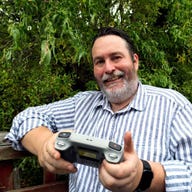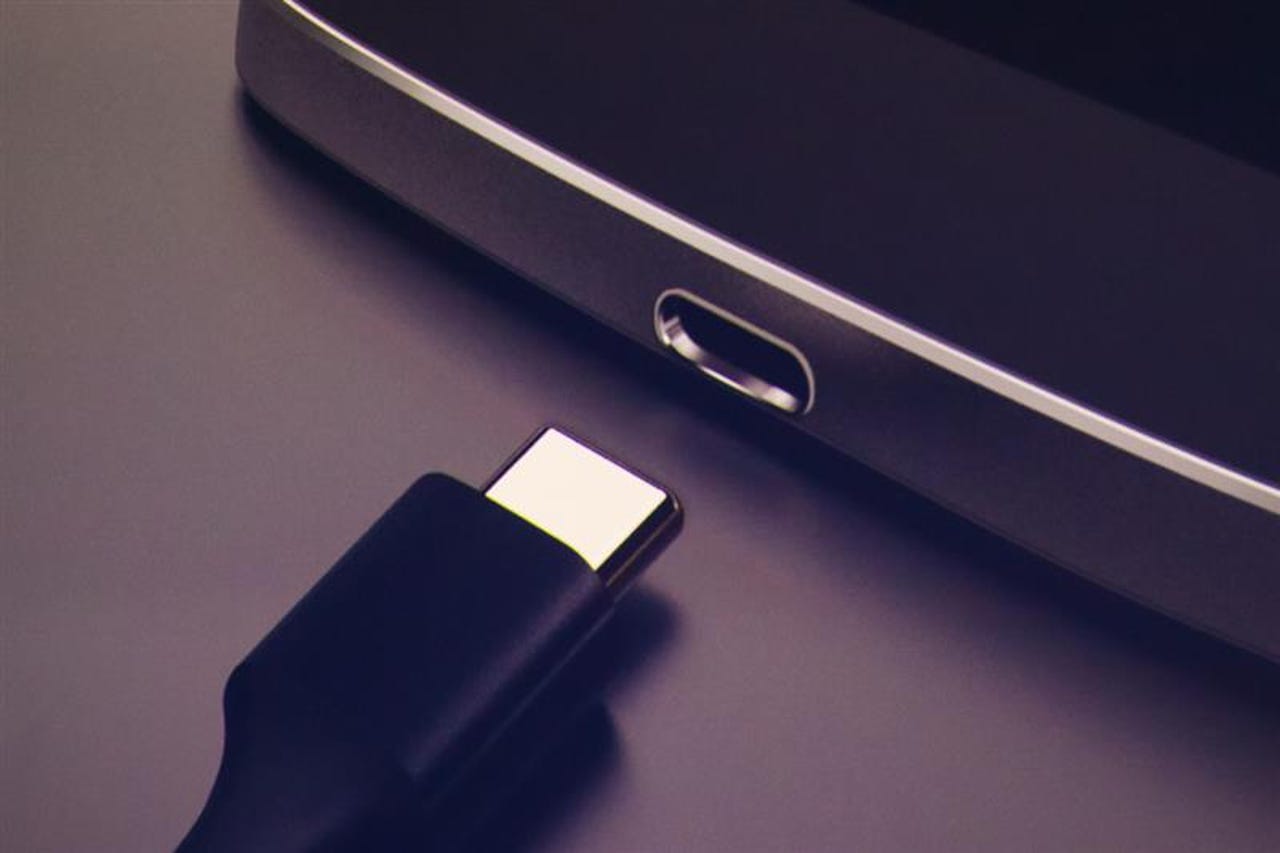USB-C is a total dumpster fire because we want it to do too much too quickly

Over the weekend, developer and tech writer Marco Arment put into words how many in the tech world have been feeling about the USB-C standard.
Featured
Must read: Here's why your old iPhone feels slow -- and what you can do about it
Arment points out many of the ways that USB-C is broken.
- How some support USB protocols when it comes to speed, and others Thunderbolt (the USB-C ports on one side of the 13-inch MacBook Pro with Touch Bar are different to the ones on the other side).
- How some cables support Thunderbolt, and others do not.
- Port shortages on newer devices (especially when one is tied up with charging).
- Dongle mess.
- Lack of USB-C hubs that add more ports.
- Differing power standards, such as Qualcomm's Quick Charge and USB-C Power Delivery (PD) standards.
- How a lot of cables don't support Power Delivery, and even some that do don't support the wattages needed to charge laptops.
He lists many more, and I encourage you to read the piece because he really highlights how dire the USB-C standard is.
iOS 11 power user tips and tricks
And, as Arment points out, it's not really going to get any better.
Before today's USB-C can become ubiquitous and homogeneous, the next protocol or port will come out. We'll have new, faster USB 4.0 and Thunderbolt 4 standards over the same-looking USB-C ports. We'll want to move to an even thinner USB-D port. The press will call it "the future" and Apple will celebrate its new laptops that only have a USB-D port -- two, if we're lucky.
And we'll have to start over again, buying all new cables, dongles, hubs, chargers, batteries, and displays to adapt it to what we really need.
Maybe next time, we'll get it right. But probably not.
The problem with USB-C is that the industry wanted it to do too much too quickly. While a port that can be used for data and charging is a good idea on, say, a smartphone or tablet, on a high-end laptop is brings with it a set of challenges, and creates endless port and cable confusion.
Equally, smashing together USB-C and Thunderbolt made sense on paper, but in the real world it ended up being confusing.
We wanted this single port to do too much.
You could argue that the regular old USB-A port did the same thing -- different standards and cables and device support but visually the same port, but the transitions from USB to USB 2.0, USB 3.0, USB 3.1 and USB 3.2 were not only slower, but also less jarring.
Like Arment, I don't expect things to get better, just for things to change. The goal seems to be to transition from many cables through using a single cable, to going wireless. And in many ways modern smartphones have gone a long way to achieving this (if it weren't for high-speed charging on the iPhone 8, I'd probably go wireless all the time). And the iPhone 8 is a good example of just some of the problems with USB-C. The iPhone 8 supports fast charge using the Power Delivery standard, which is great, but the only USB-C to Lightning cable I've found that will work with the handset is Apple's own $25 cable.
But when it comes to tablets and laptops, that totally wireless future is a long way off, and we're going to have to suffer through many more iterations of mess before adopting a wireless standard that will no doubt be just as messy.
Everything you need to know about charging your iPhone 8 (in pictures)
See also:
- The iPhone 8's best feature is one that most people will never get to use
- See, Apple was right to dump the headphone jack
- What's it like using the world's fastest smartphone?
- iOS 11.0.1 update causes havoc for some iPhone and iPad users
- Inside Apple's new A11 Bionic processor
- How to test chargers and power banks to make sure they don't blow up your expensive smartphone
PREVIOUS AND RELATED COVERAGE
MS Tech to launch seamless USB-C cable globally
South Korea's MS Tech will launch its USB-C cable that boasts a seamless design and a data transmission rate of 10Gbps.
Gallery: USB-C devices and accessories
Here's our guide to some of the best adapters for your older USB peripherals, as well as the smartest new devices that offer the full versatility of USB-C.
End to rogue USB-C and fried devices: New spec pulls plug on bogus chargers, malicious USBs
USB-IF wants to introduce cryptographic authentication to stop USB Type-C supported devices being harmed by shoddy cables and chargers.
